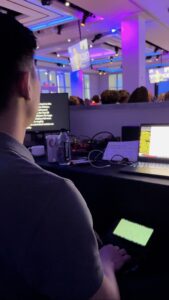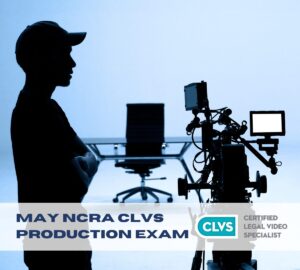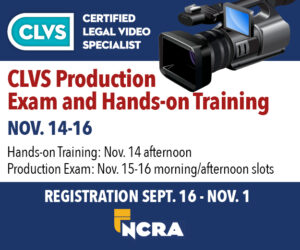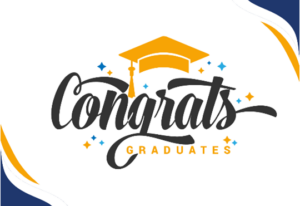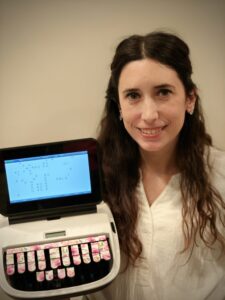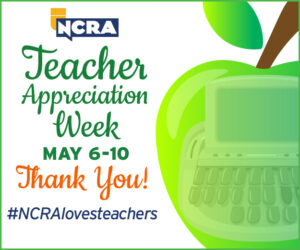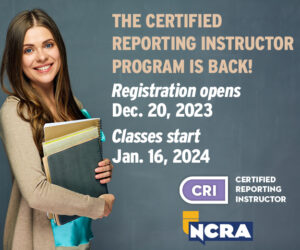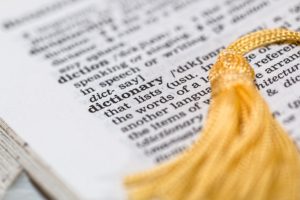There have been numerous studies and publications about productivity and getting the most out of time. Based on an article on the Brain Canvas website, there are close to 50,000 books on Amazon about productivity, making it a very hot topic. There are also many researchers who have spent a great deal of time discovering how people learn, how they focus, and how they retain what they’ve learned.
Enter Clifford Nass, a professor at Stanford University who has led experiments on multitasking. From his research, Nass has found that constantly switching tasks leave people under-performing the real task at hand. Nass recommends a way to fix this problem: Follow the 20-minute rule. The 20-minute rule means focusing on one particular task and solely focusing on that chosen activity for 20 minutes without interruptions. Nass adds that if this is done for two weeks, people could become more productive.
When it comes to teaching and learning, Rhonda Wynne believes that all students have different styles and teachers should not use one style to reach all students. In her article entitled Teaching Strategies, Wynne says adult students come from varied educational backgrounds, so teachers should include as much variety as possible into courses to reach them. Wynne also adds that students’ ability to listen with understanding is 90 minutes; however, their ability to retain the information is limited to 20 minutes. If adults want to remember what they have heard or are trying to learn, they should follow the 20-minute rule if possible.
Court reporting professionals can benefit from the 20-minute rule. Whether it’s practicing for an exam, teaching a class, or getting ready for a new court reporting or captioning assignment, productivity and focus are key to a positive learning state.

